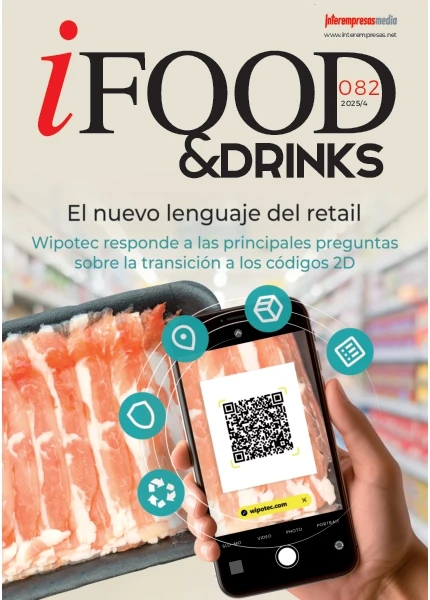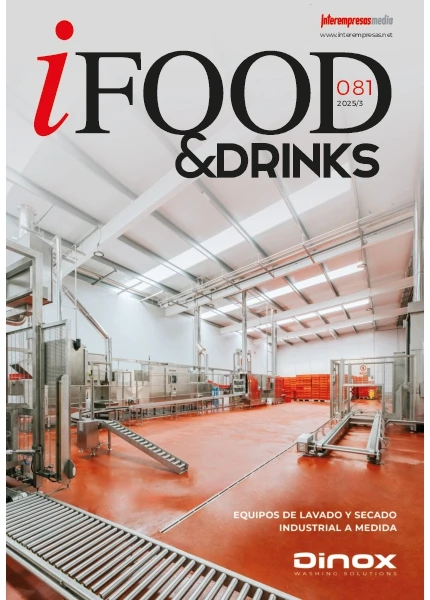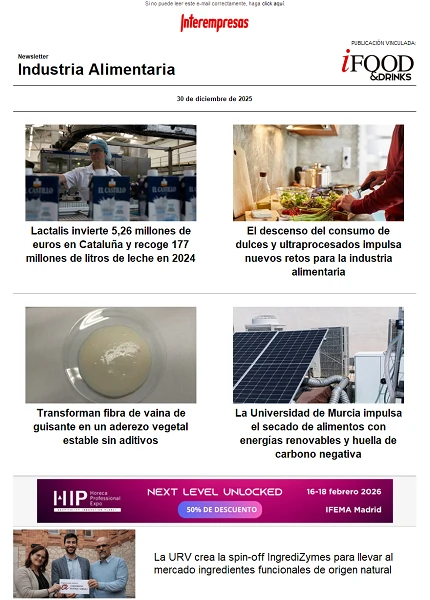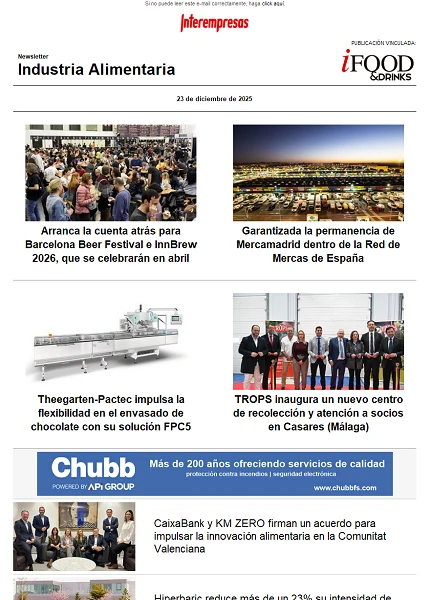Entrevista a Miguel de La Guardia, catedrático de Química Analítica de la Universidad de Valencia
16 de enero de 2009

El trabajo llevado a cabo por los científicos de la UV ha demostrado que el análisis de trazabilidad de los vinos mediante espectroscopia de emisión óptica con plasma acoblado inductivamente y su posterior tratamiento matemático, mediante el uso de sistemas de clasificación de conjuntos de muestras a partir de sus analogías y diferencias, permite su diferenciación.
Para estudiar la clasificación de las muestras se utilizaron 38 elementos traza relacionados con el contenido de los mismos en la tierra, las viñas, la climatología de la zona de producción y los tipos de toneles y sistemas de producción del vino.
¿Qué significa este estudio para el sector vinícola, y qué parte será la más beneficiada?
Nuestro estudio viene a proporcionar a la administración, a los productores y a los consumidores una herramienta objetiva para discriminar los vinos de diferentes denominaciones de origen, al margen de su proximidad geográfica. En este sentido los tres agentes mencionados saldrían beneficiados, aunque, en mi opinión las bodegas honestas, que respetan escrupulosamente las condiciones de las D.O., y los consejos reguladores serán los más beneficiados.
¿Formular un método para confirmar la autenticidad de los vinos quiere decir que hasta ahora se habían detectado engaños entre bodegas y consejos reguladores?
Siempre ha habido susceptibilidades sobre alguna superproducción de denominaciones de alto prestigio, pero sólo era posible detectarlas si se interceptaba un trasiego de vino entre zonas. Ahora se cuenta con una metodología que permite hacer un retrato robot de los caldos producidos en una región mas allá de las diferencias de añadas y productores y pienso que estamos en el inicio de otros estudios posibles para detectar cambios en los procesos de una forma objetiva.Todo ello sin menospreciar la cata que evalúa la calidad de un vino, pero completando la información con marcadores químicos de origen y autenticidad.
¿Se han puesto en contacto con ustedes desde el sector para conocer y profundizar en el estudio?
Hasta el momento el estudio ha quedado en los círculos científicos y gracias a vosotros y otras publicaciones está pasando a la opinión pública, pero aún no se ha puesto en contacto con nosotros ninguna bodega…, y es curioso porque a pesar de su notable reputación en la bibliografía científica no hemos encontrado datos de contenidos de elementos traza en vinos franceses de Borgoña o Burdeos, ni de las denominaciones españolas mas conocidas como Rioja o Ribera del Duero.
¿Qué requisitos ha de cumplir un estudio como el presentado para que sea publicado por una revista tan prestigiosa como ‘Food Chemestry’?
Las revistas científicas tienen una metodología de revisión de los originales basada en dos criterios. Primero, la opinión del editor sobre la adecuación del estudio a los objetivos y contenidos de la revista, y segundo, el llamado proceso de censura (‘peer review’) que supone la revisión por al menos dos especialistas a cuyo criterio se somete el trabajo para que evalúen su originalidad, rigor y adecuación entre datos y conclusiones. En el caso de ‘Food Chemistry’ el proceso es muy riguroso, pues se trata de mantener el prestigio de la publicación y seleccionar lo que se publica entre un gran número de trabajos que se envían para su publicación.
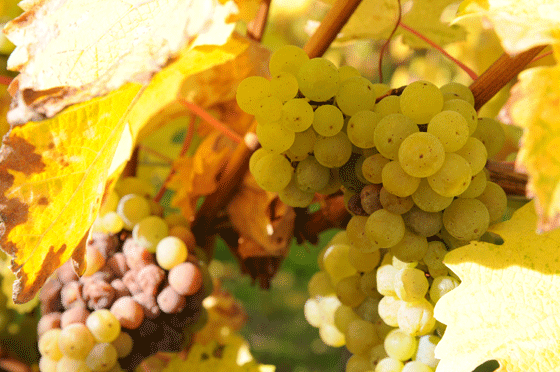
¿Qué ha significado la introducción de técnicas como el análisis mediante espectometría de emisión óptica con plasma acoplado y su posterior tratamiento matemático?
La técnica ICP-OES permite el análisis cuantitativo rápido de mas de 30 elementos a niveles de concentración de ppm (mg / kg), lo que posibilita obtener muchos datos sobre las muestras que antes era preciso obtener elemento a elemento.
El estudio se ha centrado especialmente en vinos valencianos y murcianos. ¿La fórmula es válida para vinos de cualquier parte del mundo?
El hecho de centrarnos en vinos valencianos se debe a nuestro compromiso de servicio a la sociedad valenciana, en cuanto somos una universidad pública de aquí y el empleo de muchas de las muestras de Fontanars dels Alforins se debe a la generosidad de la colaboración de Daniel Belda y Vicente Montés. En cuanto a los otros vinos estudiados lo fueron para evaluar las posibilidades de discriminar D.O. próximas. Evidentemente estos estudios se podrían ampliar a vinos de otras denominaciones de origen españolas y foráneas.
Actualmente están intentando ampliar este método también a hortalizas como arroz, alcachofas o las famosas chufas de Alboraya. ¿Cómo siguen los avances en este campo?
Estamos en medio de la campaña de medida de la composición de elementos traza del arroz y ya estamos recolectando muestras de alcachofa. En cuanto a las chufas tendremos que esperar a la nueva campaña para garantizar la trazabilidad de las muestras de producción local y estamos tratando de obtener muestras del Magreb y de Etiopía para poder compararlas.


